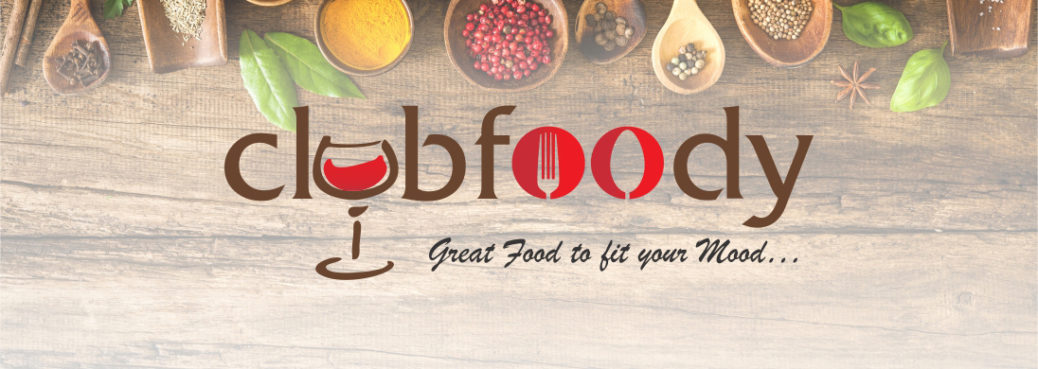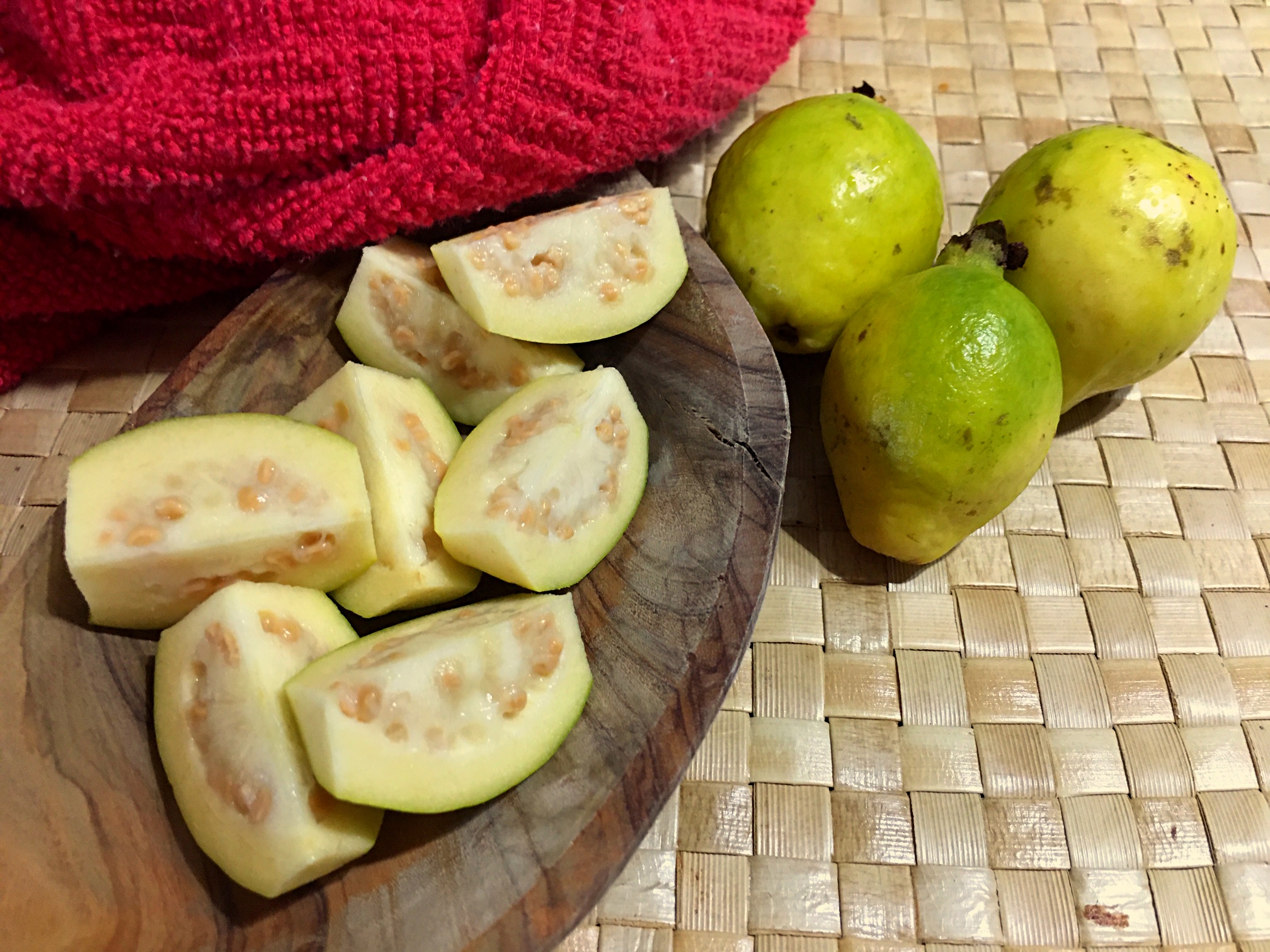Guava Fruit • How to Handle
Since my early 20s’, every time I’ve had the chance to try a new ingredient, you bet I’ll give it a shot! Thanks to global trading, we’re now able to savor produce, herbs, spices and ingredients from all over the world. Throughout the years, I’ve tried many so called “exotic” produce like black radishes, Broccolini, Romanesco broccoli or gai lan aka Chinese broccoli, white asparagus, purple yams, black garlic, dragon fruits, cherimoyas, kumquat, passion fruits, pomelo, star fruits, and many more…
Among them, there’s one that I really like which grows in tropical and subtropical regions and it’s Guava Fruit! This fruit is simply delicious! There are different varieties of this tasty fruit and here are some listed below…
– Tropical Yellow aka Mexican Cream has white flesh. It’s sweet and as the name indicates, it’s also creamy. I like making dessert with this kind.
– Pineapple Guava native to South America is perfect for making jams with its sweet-tangy flavor.
– Red Malaysian’s flesh is red giving sweetness to the pulp with a touch of floral aroma to it.
– Tropical White is sweet with a nice aroma. With a pale yellow flesh, this is ideal for smoothies.
– Strawberry Guava has a distinct taste of this popular berry. I enjoy adding some to my Fruit Salad or even as a topping for my Pavlova.
– Lemon Guava, like the one above, has a pronounced flavor of lemon with some sweetness to it.
– Red Indian Guava has a strong sweet scent to it. Despite its name, this variety is native to Florida.
and many more…
If you’re not familiar with this lovely fruit, here are a few tips on How to Handle Guava Fruit. Pick one that is ripe and soft because it will be sweeter. If there are some little brown spots on the rind, it’s fine but it won’t keep as long as the ones that don’t have any and may go bad quicker. After rinsing the fruit very well, you can eat the entire fruit including the seeds and the rind (remove the brown spots prior to eating). If you decide not to eat the skin, peel it or scoop the flesh like you would with an avocado.
Guava Fruit is packed with nutritional benefits. It’s very high in fiber and potassium, an amazing source of vitamin C, vitamin A, vitamin B3, B6, and more. It’s diabetes-friendly, an immune system booster, it has anti-aging properties, decreases the risk of cardiovascular disease as well as cancer, etc.
I make many recipes with this fruit like my Caribbean BBQ Sauce, Tropical Bread, Polynesian Smoothie, Guava Pie, Cheesecake, Agua Fresca, and many more other delicious and exotic dishes. This Guava Fruit • How to Handle episode should inspire you to add this fruit to your diet and cook or bake with it more often…
Bon Appétit!
Here are a few tips and tricks that can be quite helpful…
– How to Cut a Mango
– Berries • How to Keep Them Longer
– How to Trim, Cut & Clean Leeks
– Kiwifruits – How to Peel Quickly
– Seed a Pomegranate without the Mess
– How to Reheat Mashed Potatoes
and for more handy kitchen tips and tricks, click on this link… Recipe Category • Tips & Tricks
Don’t forget to subscribe to our YouTube channel by clicking on this link… Club Foody YouTube


